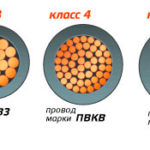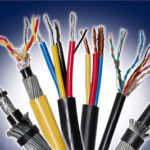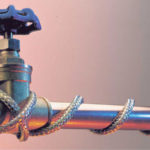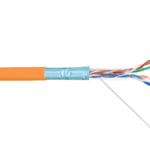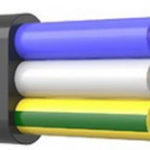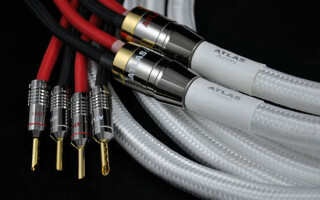In audio systems powered by the mains, the components are connected by wires that transmit current. But not any conductor will be able to transmit an audio signal reliably. For this, special acoustic cables are used. What is their peculiarity, what are the main parameters, how to choose and connect a cable - read this article.
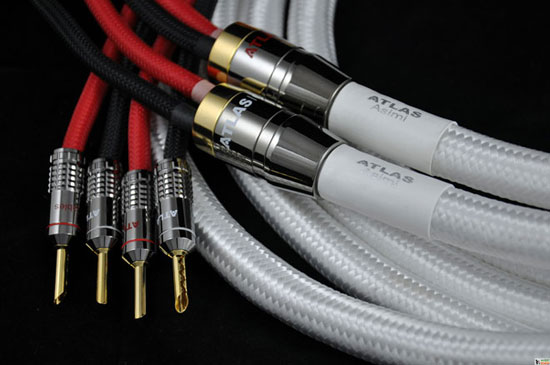
Content
The main characteristics of acoustic wires
Speaker cable consists of two or more wires, identical in electrical parameters, covered with a layer of insulation. The strength of the structure and the reduction of distorting electromagnetic effects are achieved by laying from natural textile materials and shielding, and the sound transmission quality depends on the properties of the materials from which the cable is made.
What is a bottleneck
The bottleneck metaphor, which has taken root in the terminology of the computer industry and electronics, management, psychology and other areas of human knowledge and activity, denotes an element that slows down the entire system, regardless of the quality of its components.
Speaker cable can also become a "bottleneck": an incorrectly selected or poor-quality cable reduces system performance and distorts the sound, because it is not able to correctly transmit the frequencies coming from the amplifier.
So, what characteristics of the conductor should be considered when choosing?
Wire resistance
The most important parameter of an acoustic cable is resistance. This is the ability of matter to resist the movement of electrons. The higher this property, the lower the bandwidth of the conductor.
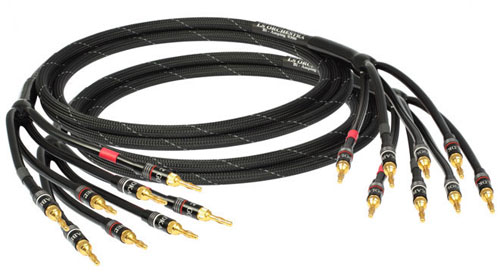
The resistance of a wire depends on its length, cross-sectional area, and also on the resistivity of the core material.
REFERENCE: A conductive conductor with a large cross section has less resistance and provides a powerful and clean transmission. Simply put, a thin and long wire will distort the sound due to high resistance, and a thick and short wire will transmit the signal qualitatively.
The key electrical characteristics depend on the material of the conductor. The most common conductive metal used in the manufacture of speaker cables is copper of three main types:
- TRS - coarse cleaning for budget acoustics with low requirements for sound quality;
- OFC - oxygen-free for medium-class systems with good technical performance;
- РСОСС - pure copper obtained as a result of melt extraction.
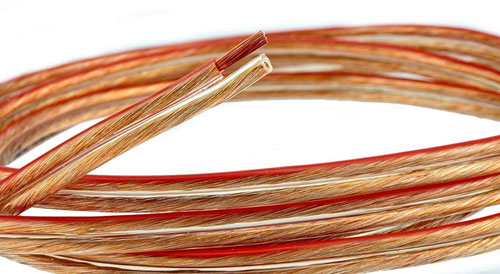
Elite appliances and concert equipment can be equipped with silver wires: noble metals pass current much better, and Ag among them is relatively inexpensive.
Advances in technology have led to the emergence of composite (multi-metal) and component (copper and carbon conductor) cables, products with a larger crystal lattice that have an additional impact on the quality of sound transmission.
IMPORTANT! When choosing an acoustic cable, pay attention to the marking: each meter must contain marks about the purpose of the cable (acoustic), its cross section and the name of the manufacturer.
On sale you can find cables with copper-plated aluminum wires with a characteristic silvery cut. The properties of this metal do not allow to achieve high-quality sound transmission, and its only advantage is its low cost.
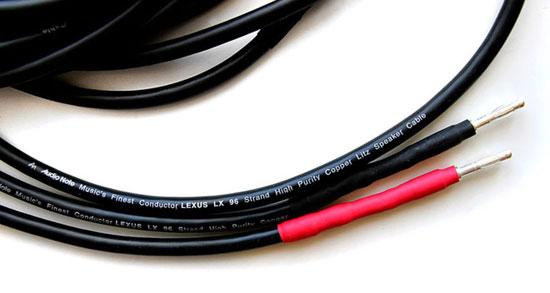
Other factors
When choosing a speaker cable, it is worth considering the features of the wire insulation material, as it also affects the cable's performance. The most common are polyvinyl chloride, plastisol, polypropylene and polyurethane. Cotton is sometimes used as an insulating material, which suppresses resonances as much as possible.
The best performance is provided by Teflon insulation, especially foamed or low density, and polyvinyl chloride, which has a charge accumulation effect, on the contrary, affects the sound negatively.
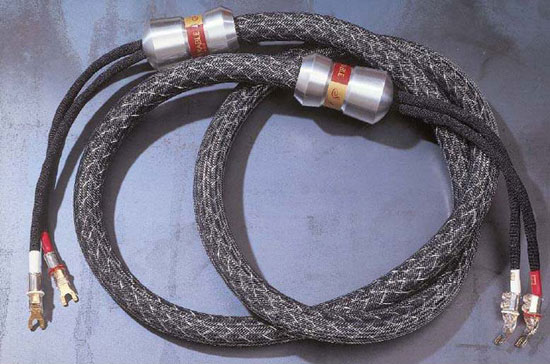
Wire structure, standard inputs and connection
Knowledge of the structure of acoustic wires, terminals and connectors, as well as ready-made solutions offered by manufacturers and requiring no modification will help you navigate the variety of available options and choose the most suitable cable for connecting speakers.
Types of speaker wires
Audio wires can be made up of one or more strands. The high rigidity of single-core wires makes their use in compact audio systems problematic, but they have the highest bandwidth, which certainly has a positive effect on the quality of sound transmission.
Stranded speaker wires can be bundled, concentric, and rope-like, providing some flexibility to the cable.
In the typology of speaker cables for speakers, the most famous varieties are:
- symmetrical (most often microphone) - two stranded conductors in a conductive screen;
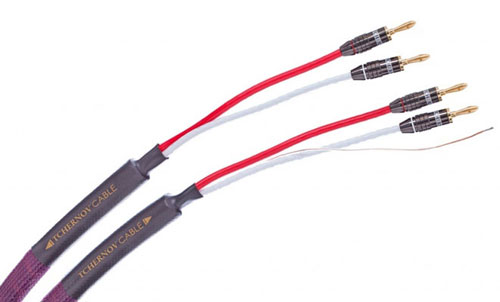
- asymmetrical (for household, computer equipment and musical instruments) - with a shielded central core;
- parallel - two insulated stranded conductors;
- coaxial (for use with power wires) - with increased protection against external interference.
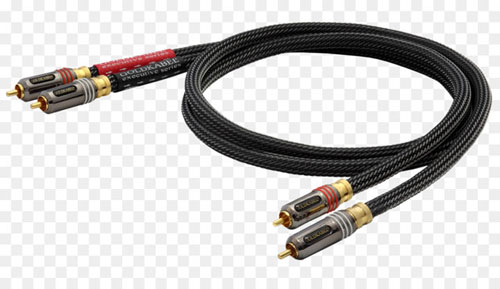
Speaker cable twisted pair
Twisted cable, or "twisted pair", is a special type of speaker cable. It embodies a variety of options for weaving both monolithic and stranded conductors. Some twisted pair models are equipped with sophisticated shielding to significantly improve signal quality.
ATTENTION! Even well-shielded and insulated wires are susceptible to extraneous noise, therefore, when laying on metal structures, it is recommended to place them in a corrugation to absorb resonance.
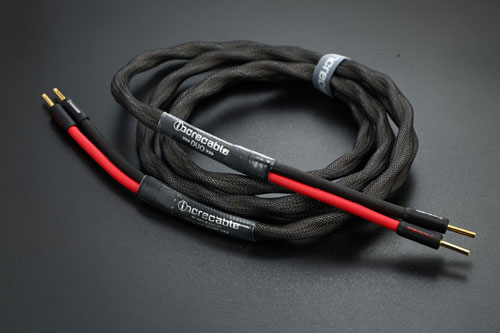
Terminals and connectors
The combination of connectors and terminals depends on the purpose of the system. For installation of car audio systems, a U-shaped terminal with an insulating casing for protection is most often used, on woofers and home Hi-Fi equipment - screw terminals designed to connect bare wire, and professional acoustic and sound recording systems are equipped with screw terminals.
When choosing a speaker cable without crimping and lugs, you can leave the wire bare or choose connectors: pin (needle), spade type, single or double bananas.
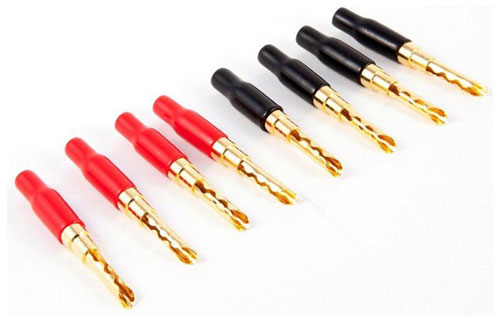
Speakers are usually supplied with one of two types of connectors - spring clips or screw terminals.
The spring ones are as easy to use as possible: press the clamp, insert the speaker wire and release, the mechanism holds the wire itself.
Screw terminals provide a very strong connection. The cable is connected through the terminal rod, under the nut there is a hole for a bare wire and a pin connector.
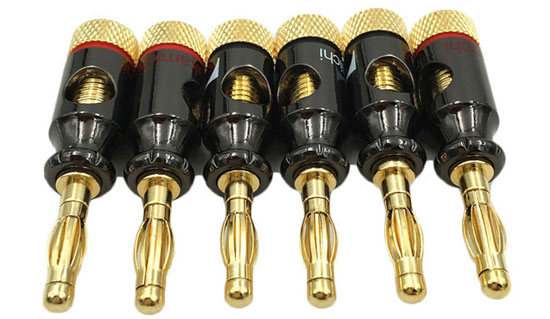
Ready solutions
If the sound system is equipped with closed sockets instead of terminal blocks, you will need a ready-made speaker cable, the choice of which is quite wide on the market.
REFERENCE! Factory-soldered cables are protected from conductor oxidation and ensure uniform signal flow. At home, it is almost impossible to connect the cable with connectors with high quality.
Many systems are equipped with tulip sockets - a convenient connection of high reliability.To connect to a computer sound card, a mini-jack cable is used - a tulip.
Ready-made audio systems from the factory are marked with the numbers "2.0", "2.1", "5.1", "7.1", indicating the number and type of speakers: the first number indicates how many high- and mid-frequency outputs the amplifier has, the second indicates the presence subwoofer to reproduce low frequencies.
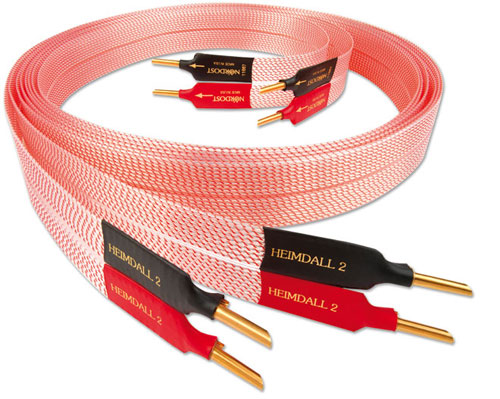
Connecting speakers
Connecting speakers to an audio system is easy: just follow the manufacturer's recommendations, follow the sequence and match the components in terms of polarity.
ATTENTION! The positive terminals of the amplifier and speakers are by default marked in red, the wire corresponding to them is marked with a colored stripe or hidden in red insulation. Negative conclusions and wires are most often not marked at all, their color is black.
Speaker connection diagrams:
- monowiring (two-wire) - serial switching of the connecting cable to the high and low frequency connectors;
- biwiring (four-wire) - connecting two speakers to one amplifier with separate cables;
- biamping (to two amplifiers) - connection of separate power amplifiers for low-frequency and high-frequency signals.
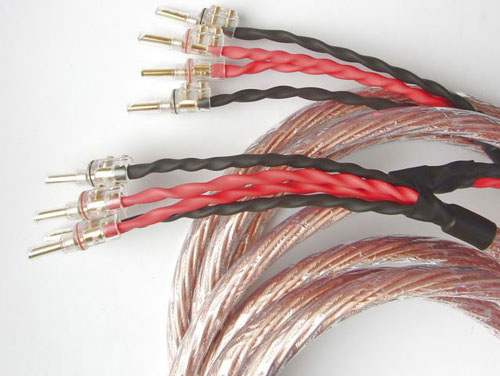
For each type of amplifying unit, it is permissible to connect a certain number of speakers, which are selected in accordance with the accompanying diagram, which clearly shows all the wire leads. Compliance with all recommendations guarantees a quality result.
Similar articles:

